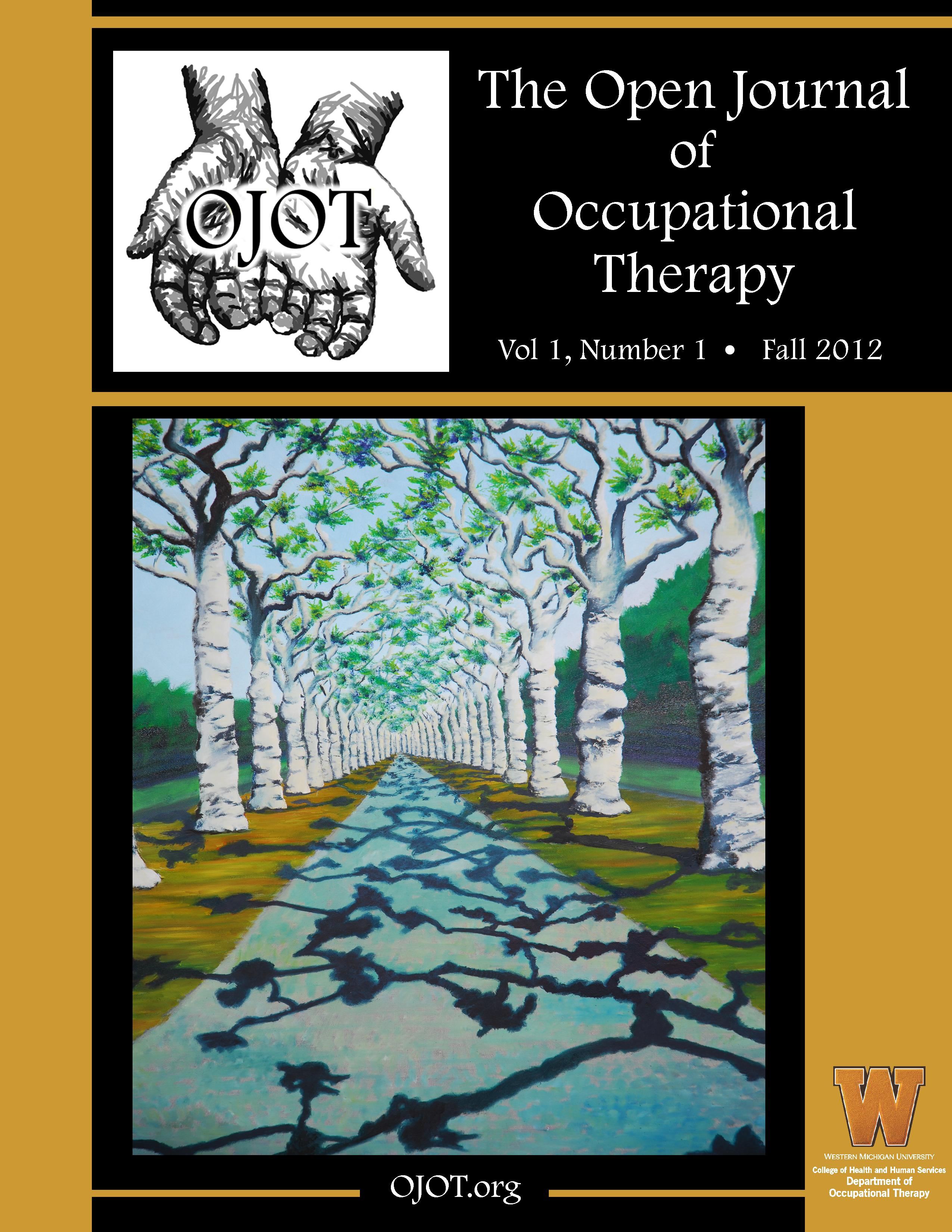ScholarWorks > HHS > OT > OJOT > Vol. 6 > Iss. 1 (2018)
Credentials Display
Diane E. MacKenzie, PhD, OT, Reg(NS), OTR; Kathleen E. Collins, MSc(OT); Mylene J. Guimond, MSc(OT); Abby C. Hunter, MSc(OT); Kassia J. Jurcina, MSc(OT); Johanna L. McDonald, MSc(OT); Nikki L. Richards, MSc(OT); Stephanie H. Sinclair, MSc(OT); Kelsey Y. Taylor, MSc(OT)
Abstract
Co-constructed simulations were designed and piloted with senior occupational therapy master’s students in a neurorehabilitation practice module. The instructor served as the guide for the students through all phases of the case creation, simulation development, delivery, and debrief. The instructor facilitation promoted self-regulated learning (SRL) of knowledge and skill development through independent discovery and peer learning. This paper provides an evidence-informed co-construction simulation design with outlined stages, roles, and responsibilities for the instructor and learner. Thematic qualitative analysis of student feedback highlighted enhanced insight and SRL as a result of multiple role preparation, observation and interaction with peers, close interaction with the instructor, and the multi-stage debrief process. Recommended key features and critical interactions for a successful co-constructed design are also identified for the learner, instructor, and simulation. The co-construction simulation process and design elements are suitable for learners in any health-related field of study.
Recommended Citation
MacKenzie, D. E., Collins, K. E., Guimond, M. J., Hunter, A. C., Jurcina, K. J., McDonald, J. L., Richards, N. L., Sinclair, S. H., & Taylor, K. Y. (2018). Co-constructing Simulations with Learners: Roles, Responsibilities, and Impact. The Open Journal of Occupational Therapy, 6(1). https://doi.org/10.15453/2168-6408.1335
Included in
Curriculum and Instruction Commons, Educational Methods Commons, Occupational Therapy Commons


